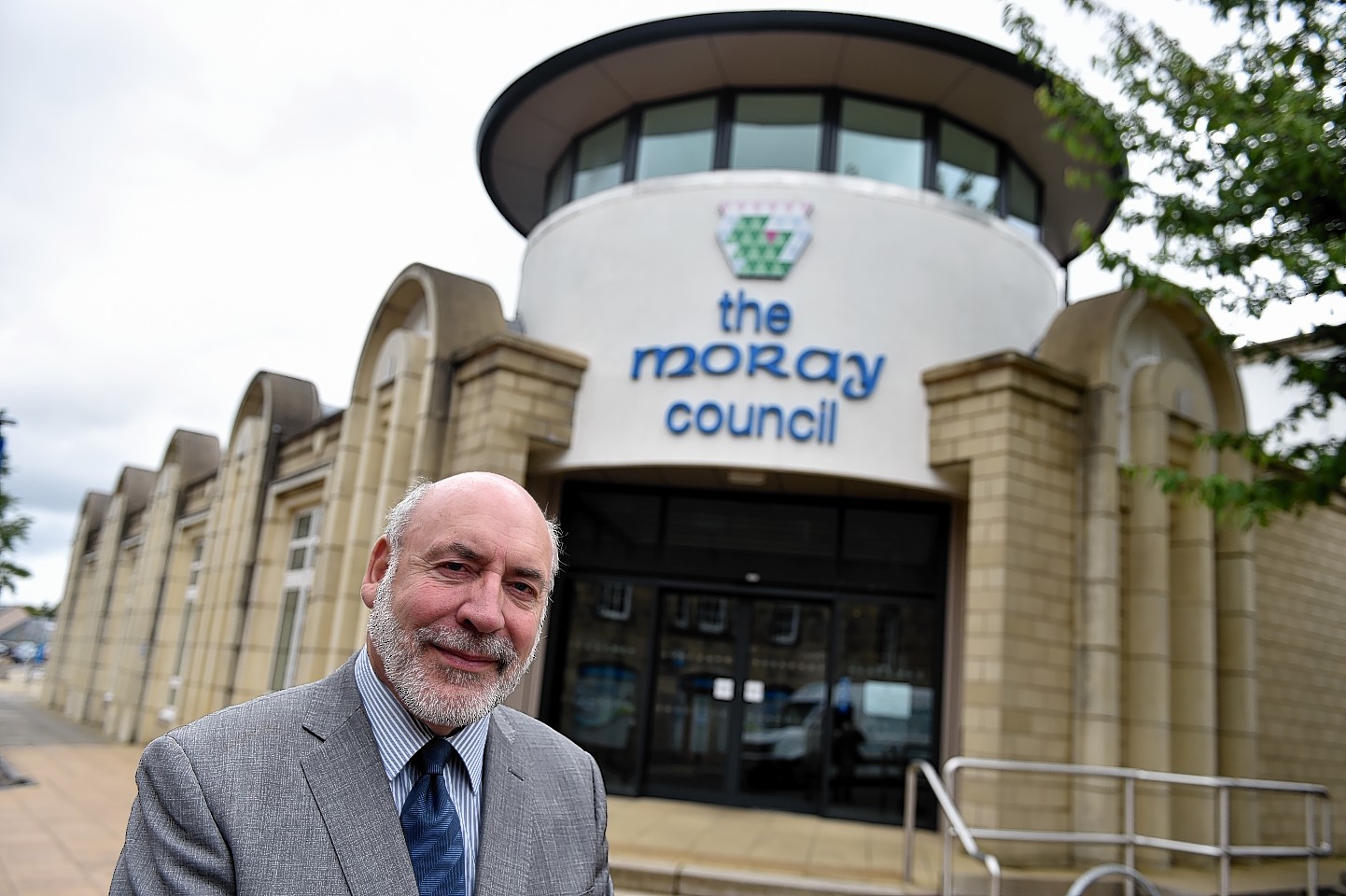Moray Council has agreed to enact a Gaelic language plan, despite only four residents voicing support for it.
Members of the authority’s policy and resources committee learned of the low interest the programme had attracted yesterday.
But, under Scottish Government legislation that every council must form an approach to promoting Gaelic, the initiative was voted through.
Last year the committee agreed to spend £700 translating a Gaelic Action Plan into the language – despite little more than 1% of the population speaking it and council leader Stewart Cree saying there were “many things” he would rather devote the sum towards.
A report submitted to councillors yesterday outlined the result of public consultations that ran from November to January.
The report said: “We received six submissions, with two of those opposed to the plan.
“One negative response was based on the grounds that it is inappropriate for Moray to support Gaelic given the low number of Gaelic speakers.”
Laurence Findlay, the authority’s corporate director for education and social care, stressed the council would not go overboard in supporting the ploy.
Mr Findlay said: “There was a limited response to the consultation, and the key word here is proportionality.
“There is no suggestion we pull down all our road signs and replace our logos with Gaelic versions.
“We should just give proportionate consideration to then plan when reviewing these things.
“This is a plan based on national advice and guidelines.”
Council leader Mr Cree said he was “reassured”, upon learning that the council’s commitment to the programme was flexible.
The Gaelic Language (Scotland) Act was passed by the Scottish Government in 2005, in an effort to officially recognise the traditional tongue as an equal of English.
Under the act, Moray Council must raise awareness of Gaelic in the area and promote the benefits of learning the language.
The body can apply for a maximum of 80% in Scottish Government founding towards any proposals it chooses to enact.
